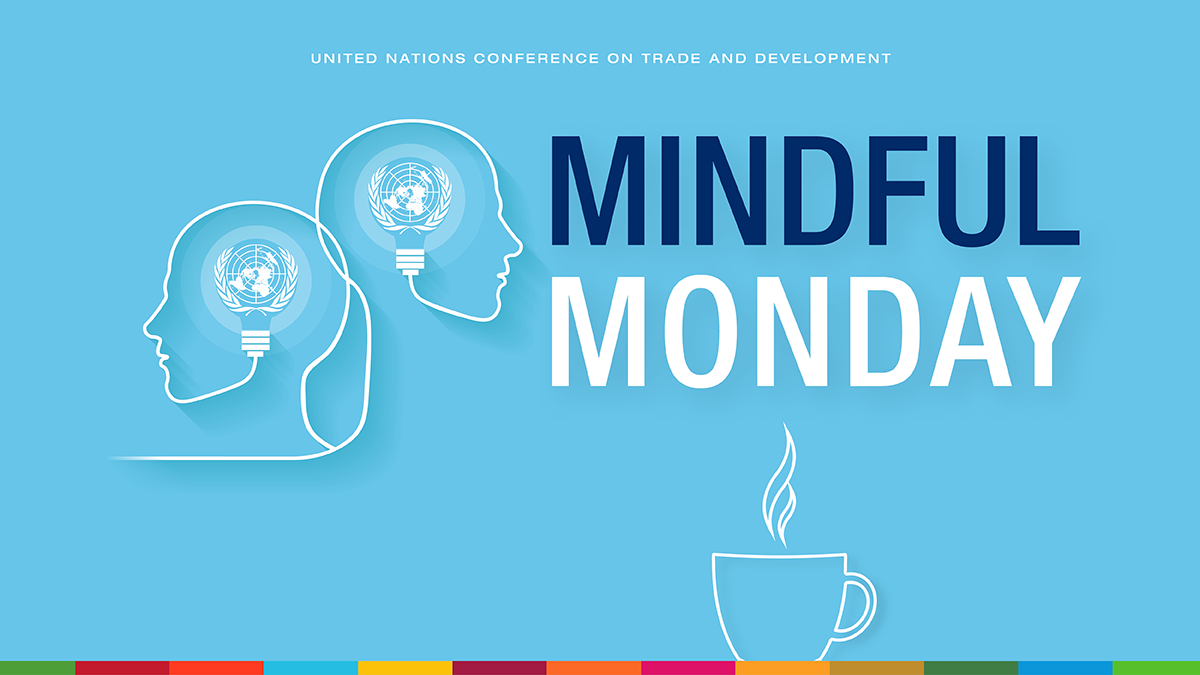By Isabelle Durant, Acting Secretary-General, UNCTAD

UNCTAD recently published the World Investment Report 2021, which shows that foreign direct investment (FDI) flows plunged globally by 35% in 2020.
Lockdowns caused by the COVID-19 pandemic around the world slowed down existing investment projects, and the prospects of a recession led multinational enterprises (MNEs) to reassess new projects. That fall was heavily skewed towards developed economies, where FDI fell by 58%, in part due to corporate restructuring and intrafirm financial flows.
In the meantime, FDI in developing economies was relatively resilient, declining by 8%, mainly because of robust flows in Asia. As a result, developing economies accounted for two thirds of global FDI, up from just under half in 2019.
However, in developing countries, the number of newly announced greenfield projects fell by 42% and international project finance deals – important for infrastructure – by 14%.
Sectors vital for development hit hard
UNCTAD’s report also highlights why boosting investment in SDG-related sectors must be a global policy priority in the wake of COVID-19. The pandemic has caused a collapse in investment flows to sectors relevant for the Sustainable Development Goals in developing countries. The shock exacerbated declines in sectors that were already weak before the pandemic – such as power, food and agriculture, and health.
Regional trends
FDI trends in 2020 varied significantly by region. Developing regions and transition economies were relatively more affected by the impact of the pandemic on investment in global value chain-intensive and resource-based activities. Asymmetries in fiscal space for the roll-out of economic support measures also drove regional differences. FDI flows to Europe declined by 80% while those to North America fell less sharply. The fall in FDI flows across developing regions was uneven, with 45% in Latin America and the Caribbean, and 16% in Africa.
In contrast, flows to developing Asia rose by 4%, with East Asia being the largest host region, accounting for half of global FDI in 2020. FDI to transition economies declined by 58%.
MNEs, the key actors in global FDI, are weathering the storm. Despite the 2020 fall in earnings, the top 100 MNEs significantly increased cash holdings, attesting to the resilience of the largest companies.
Bottoming out likely in 2021
Looking ahead, global FDI flows are expected to bottom out in 2021 and recover some lost ground with an increase of 10% to 15%, but this would still leave FDI some 25% below the 2019 level. Prospects are highly uncertain and will depend on, among other factors, the pace of economic recovery and the possibility of pandemic relapses, the potential impact of recovery spending packages on FDI, and policy pressures.
The relatively modest recovery in global FDI projected for 2021 reflects lingering uncertainty about access to vaccines, the emergence of virus mutations and the reopening of economic sectors. The FDI recovery will be uneven. Developed economies are expected to drive global growth in FDI, both because of strong cross-border mergers and acquisitions activity and large-scale public investment support.
FDI inflows to Asia will remain resilient as the region has stood out as an attractive destination for international investment throughout the pandemic. On the other side, substantial recovery of FDI to Africa and to Latin America and the Caribbean is unlikely in the near term.
Contact person: Isabelle Valentiny, Chief of Staff, a.i. : isabelle.valentiny@un.org


